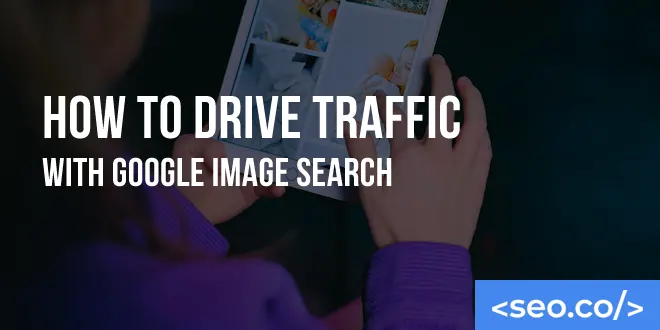If you’re creating good content, then surely, you’re using images and videos with it … right?
If you simply optimize the use of your Google images, you could tap into a whole new world of search traffic: image search.
Google Image Search can be a remarkably potent resource to help generate traffic to your website.
With a monthly active user base of over 1 billion, this tool offers an immense potential audience, allowing you to enhance your website traffic and conversions.
Here we provide some tips on how to optimize the usage of Google Image Search to amplify traffic to your website.
Table of Contents
Optimize Your Images
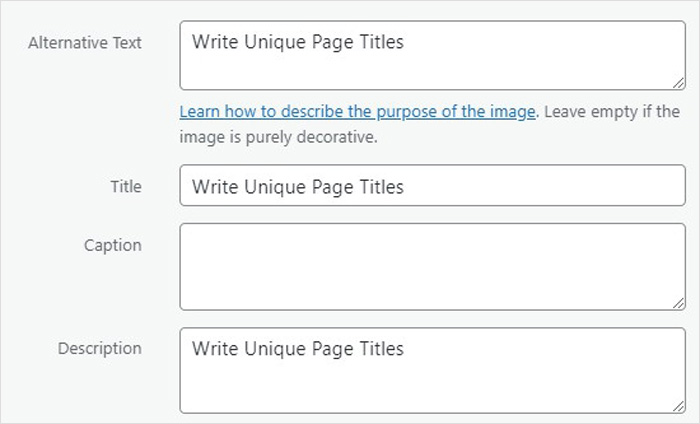
To boost traffic with Google Image Search, it’s crucial to optimize your images. This involves using specific and descriptive file names, tags, and captions for your images. Also, ensure that your images are the correct size and format for the web, as these aspects can significantly impact their loading speed.
Choose the Right Image File Type
When you’re choosing which image to use, look at what kind of file type it is.
You want to choose JPG images or WebP, but preferably WebP. For some reason, they just seem to perform better with image searches and end up ranking higher. One reason may be that JPGs are readable by any kind of browser a user might be searching with.
Or it may be that it’s easier to compress the size of JPG images or use.
You don’t want tiny images; you want them to be clear and represent the idea behind them. But large images increase load time, which is never good.
Use High-Quality Images
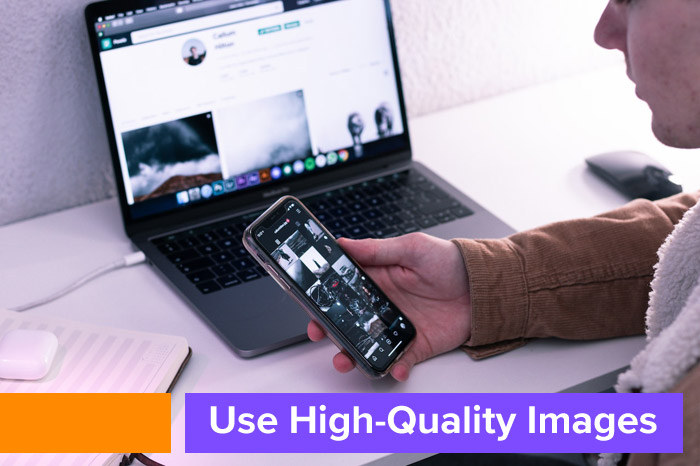
Utilizing high-quality images can be a game-changer when it comes to driving traffic to your website. Visitors are more likely to click on images that are of high quality, visually stunning, and crystal clear. So, take the time to make sure that your images are of the utmost quality possible.
Using and Choosing Keywords
The first thing you want to do is give each photo a clear, easy-to-read, and relevant title. Don’t use gibberish that tells the search engines nothing about the image.
For example, don’t stick with AG133NOV.jpg. This might help you with organizing which file is where, but it will do you NO favors in terms of img search or SEO.
Next is the Alt tag. Fill this in with relevant (but brief) information and keywords to help the search engine understand what is contained in the image. Someone who is visually impaired may visit, and this tag will tell them what’s in the image too. (They use special browsing equipment that reads text for them.)
Lastly, put the description to good use. This isn’t completely necessary, but it doesn’t hurt. Here you can elaborate a bit more about what’s depicted in the image.
Incorporate Relevant Keywords
Including pertinent keywords in your image file names, alternate tags, and captions can boost your images’ search ranking on Google Image Search. Make sure that your keywords are specific, relevant, and accurately depict your images.
Create, Original Distinctive Images
Crafting unique and one-of-a-kind images can help your website stand out from the hoards of generic stock photos and increase your chances of gaining more traffic. Instead of using trite stock images, consider generating custom images that align with your brand message and aesthetic. This strategy can make your website and images stand out in Google Image Search results.
Whether you Photoshop unique, creative images for your blog or you take photos of your products, you want your images to be unique. It’s also been shown that using multiple images will usually help them rank better, as long as you follow all the rules for each image.
Tip: With the new Google Trends, you can research a wealth of information about any search term.
This can help with image or picture Google search, too. When you go to Google Trends, enter your search term and click Explore. As soon as you do, a whole lot of things load on the screen. Click on “Web Search” to the left (see below).
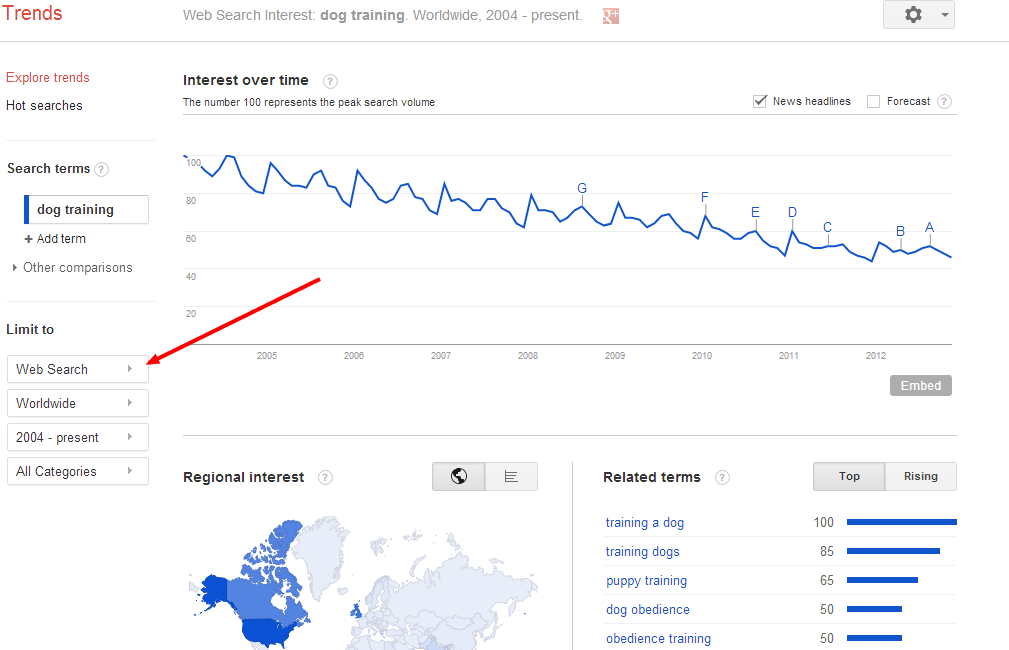
A menu will open to the right. Click on “Image Search.” That will open a chart of how many times people have searched for that term with image search. (Note: this number isn’t exact; it’s relative to searches as a whole.) You can also see other related search terms being searched for on image searches.
Okay, so now you have the basics of driving more Google image search traffic just by optimizing your images. But if you want to get the most out of this, there’s still more you can do.
Promote Images on Social Media
Promoting your images on social media can help expand your audience and drive more traffic to your website. Using relevant hashtags, descriptions, and captions can make it easier for users to find and share your images, amplifying your reach and driving more traffic.
Implement Schema Markup
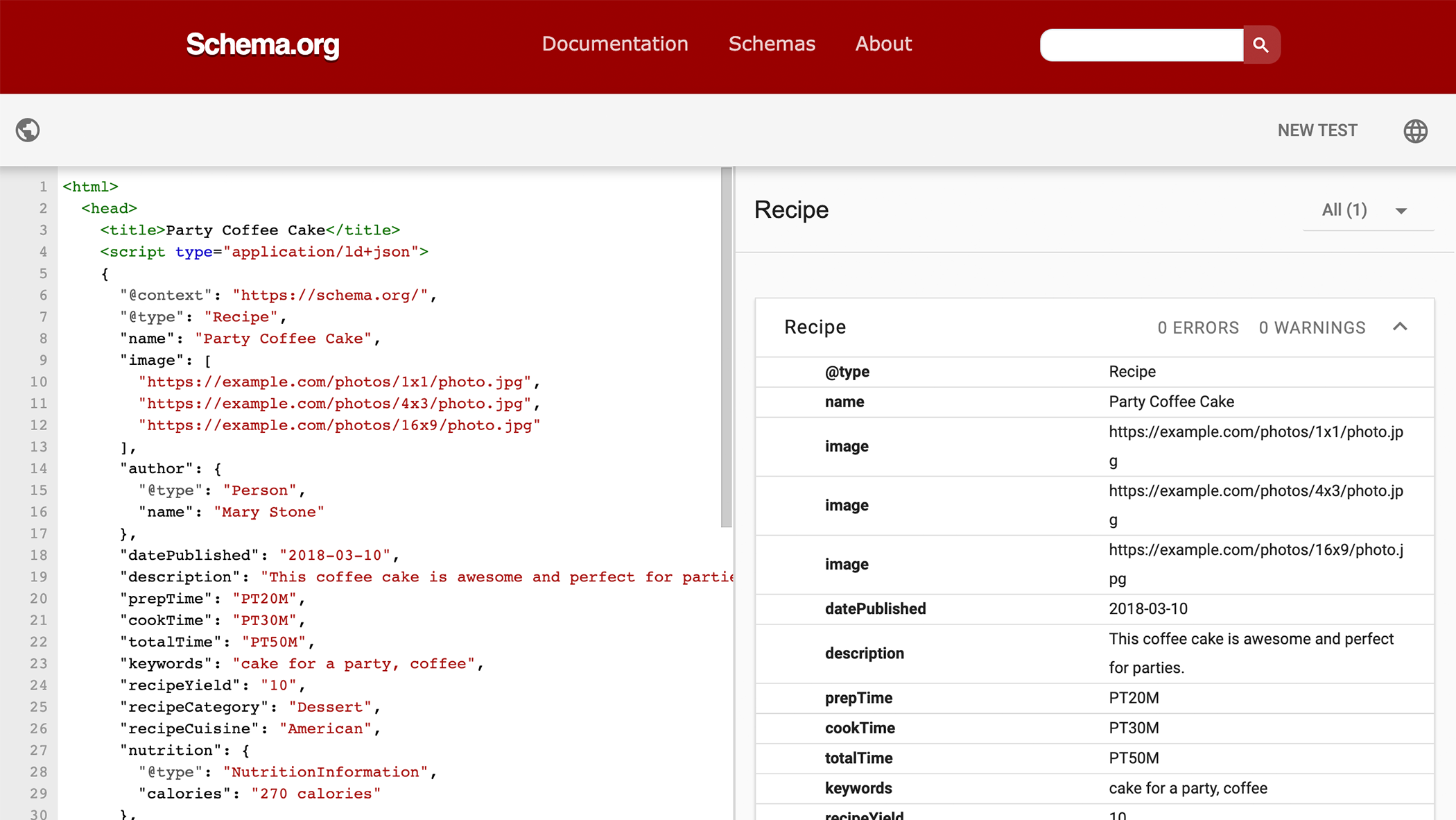
Employing schema markup can aid Google in understanding your image content and enhancing their visibility in search results. By adding schema markup to your images, you can provide additional information to search engines, such as image names, creators, and subject matter, thereby increasing their search rankings.
Track Your Results
Lastly, it’s vital to keep track of your results to evaluate how your images are performing in Google Image Search. Tools such as Google Analytics can help you monitor the number of clicks and impressions that your images are receiving. You can use this data to make any necessary changes to enhance your images’ performance and, in turn, increase traffic to your website.
Fix The iFrame Roadblock
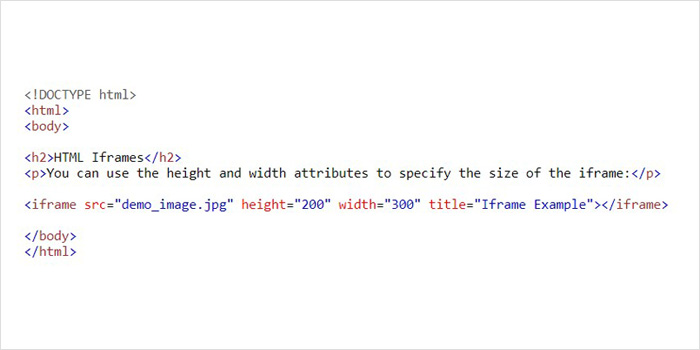
When people click on an image after you search Google Images, they’re taken to a special web page that features just your image. They don’t necessarily come to your page and see all the glorious content you’ve worked so hard to put together.
The image actually shows in an iframe and visitors have to keep clicking to get to your real page, which some of them won’t necessarily do. So let’s fix that, shall we?
There’s a good chance you’re running WordPress on your site. If so, you’re lucky: that makes things very simple. You just need to install a new plugin. Either of these should work:
- Google Images Redirect (hasn’t been updated recently, but still seems to work fine)
- Break Out of Frames (recently updated)
After you install and activate one of these, users will be redirected from that iFrame page to your web pages.
If you aren’t using WordPress, you’ll need to copy and paste some code into your site. Place the following code into either the header or footer locations in your site’s code. If you’re putting it in your header, look for
/head
Type it in just before that. If you’re in the footer, do the same thing. Look for
/footer
and put it just before that. Here is the code to copy and paste in:
[message_box title=”” color=”red”]
<script type=”text/javascript”>
<!–
if (parent.frames.length > 0) { parent.location.href = location.href; }
–>
</script>
[/message_box]
Once you start receiving this new, free traffic, you’ll want to monitor the traffic. After a few months, you can analyze which types of images are bringing the most traffic, and what kind of keywords do the most business, and you’ll know where to focus more of your energy.
Here is a place that have guides to help you do just that.
Conclusion
In conclusion, Google Image Search can be a dynamic tool for driving traffic to your website. By optimizing your images, using relevant keywords, creating unique and distinctive images, promoting them on social media, implementing schema markup, and tracking your results, you can increase your website’s visibility and attract more visitors, ultimately leading to more conversions and revenue.
Always look for new opportunities to bring in traffic. As the saying goes, “Never put all your eggs in one basket.” You never know what kind of new business you might be missing out on.
Taking advantage of Google Images within the content you’ve already created is one of the many ways you can do just that. Contact us if you want to expand your reach or you need help with implementing any of the above.
- How to Tell if an SEO Agency Is Trustworthy [in 5 Steps] - April 7, 2025
- Why Isn’t My Website Ranking on Google? [9 Reasons + Fixes] - April 2, 2025
- Why Your Google Rankings Dropped & How to Fix It - March 29, 2025

